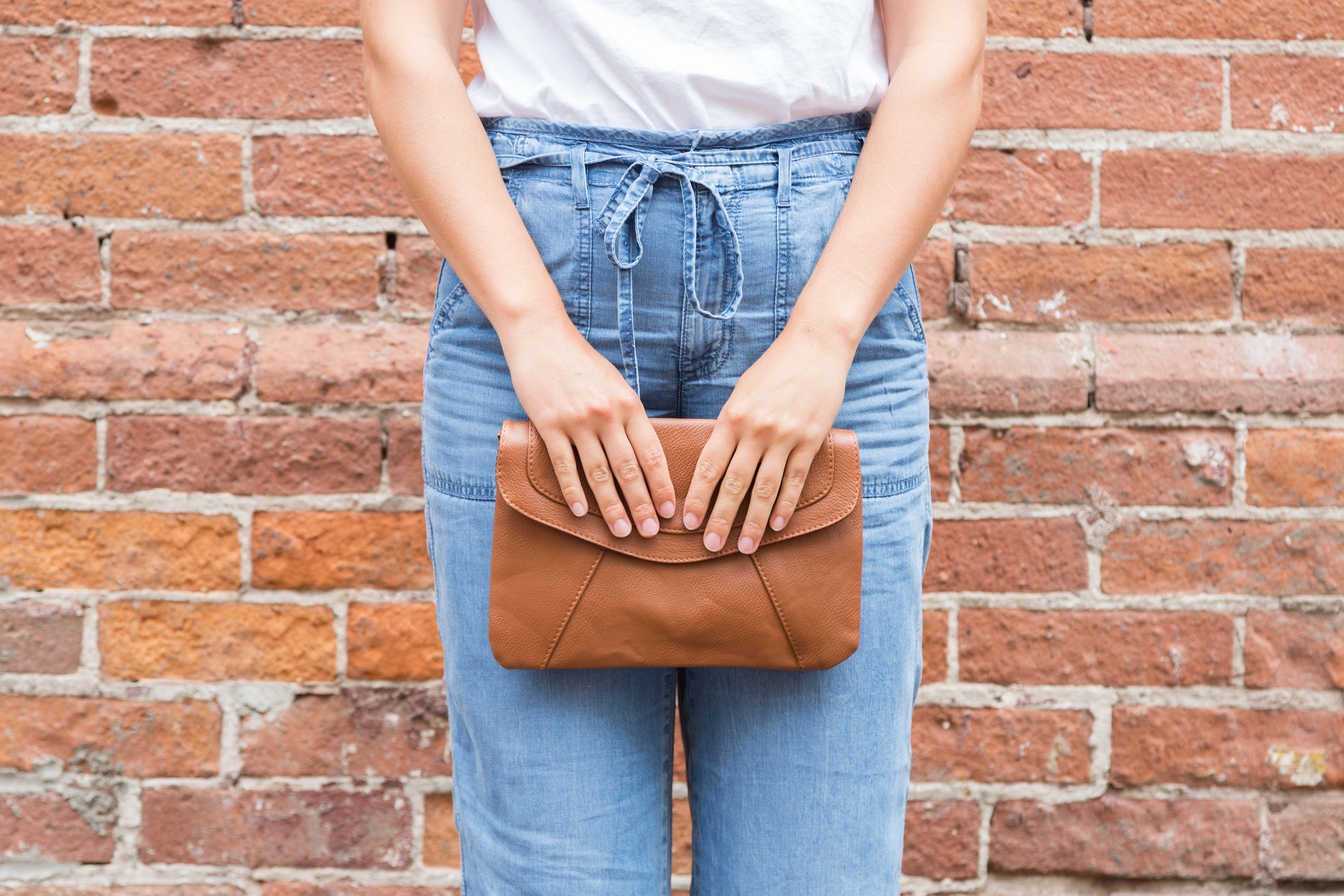Clothes Shopping: Can it be what it used to be?

Recently, I was listening to a podcast by Baptist World Aid, "Behind the Barcode," about fast fashion and ultra fast fashion - as if fast fashion was not fast enough. They were chatting about the trend of not wearing the same outfit or piece of clothing more than once. This got me thinking back to how it used to be, how it was when I was growing up.
We shopped for clothes about once a year. The "Back to School" shopping trend. We would get a few tops and pants that we needed and maybe a new winter coat if the one we had was worn out. Back then, the clothes were better quality so I did not need to replace them as often. My styles were not always "up to date." Hand-me downs were also a thing.

I remember when Skidz were the rage. I am probably dating myself with that statement. The brand was not really my thing, but I remember when my brother got one pair of pants and a t-shirt. Seriously, it was a big deal. It was a sacrifice for my parents to buy brand name clothing, but it was a back to school special purchase.

Because clothes were generally not super cheap and we did not shop throughout the year, I carefully considered each item I wanted to buy. I had to narrow it down to what was within budget. The budget was what my mom said we could spend. I remember really thinking about what I wanted to buy and being thoughtful about patterns, colors, designs, fabrics, and styles. The result was the clothes I did get were special to me. I actually remember going to the JC Penny store to pick up what I had ordered from the home catalog.

Even now I can remember this creamy white, long sleeve, heavy cotton shirt with navy stripes that I got in 7th grade. It was cool. Just like that VHS Camcorder we had.
In 2015, The True Cost documentary was released highlighting the fast fashion industry.
Fast Forward. Now it's Ultra Fast-Fashion. If you pause and reflect, you can understand why some refer to this trend as a Race to the Bottom.

However, there are other options, like Slow Fashion.
We can intentionally choose clothing that lasts, supports ethical practices, and reflects personal style rather than fleeting trends. By choosing slow fashion, we can honor the people who make our clothes and help ensure they are treated fairly rather than exploited.




